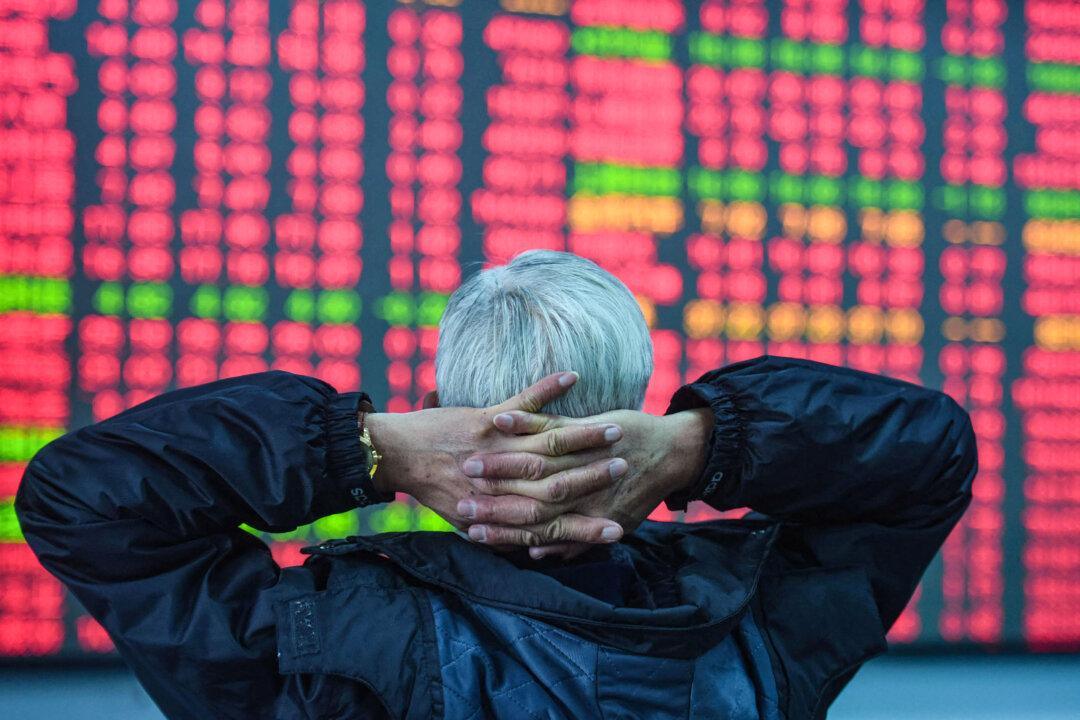China’s customs agency released an import-export report this month that was riddled with errors in critical data. Financial experts say the errors are no oversight, but are most likely a deliberate tactic by the Chinese Communist Party (CCP) to downplay the country’s worsening economic plight.
The General Administration of Customs claimed on Dec.7 that Chinese imports and exports had “remained flat” in the first eleven months of this year, reporting that November 2023 saw a trade surplus of $68.39 billion, an increase of 4 percent year-on-year.




